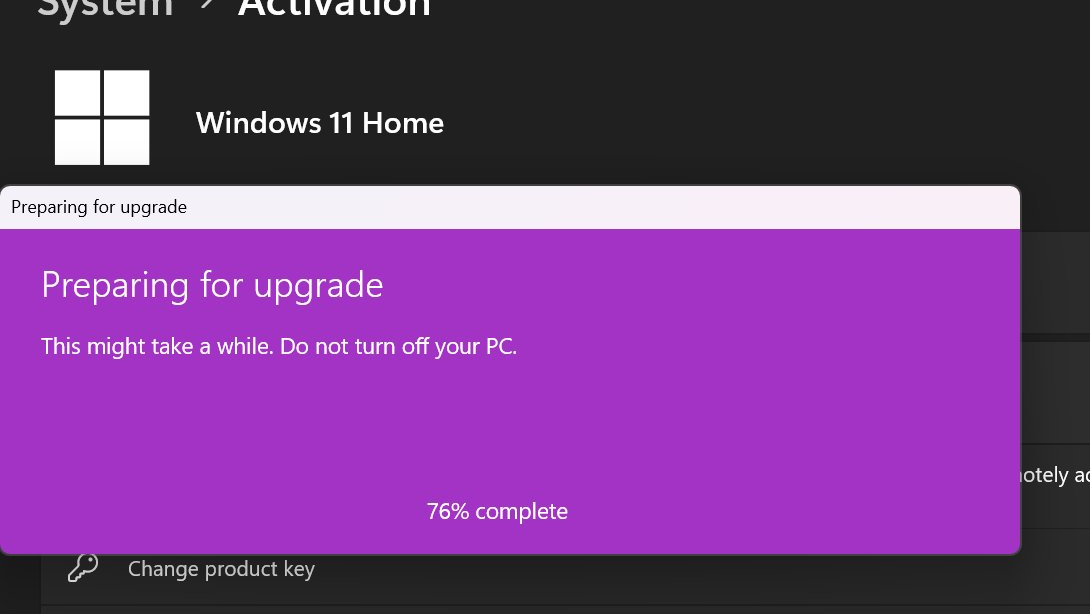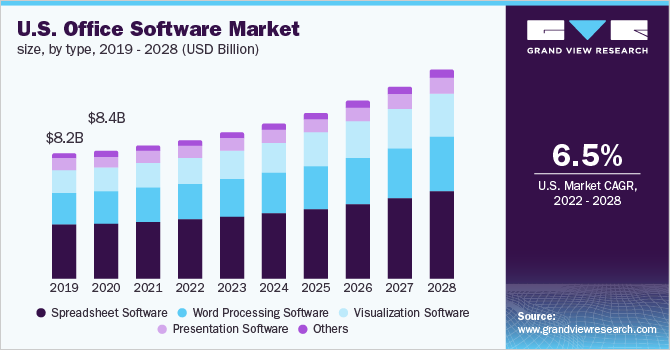Great Methods To Picking Windows Microsoft Office Professional Activation Sites
Wiki Article
Top 10 Tips For Identifying The Type Of License When Buying Windows 10/11 Pro/Home Products
It is crucial to be aware of the type of license you're purchasing when purchasing Windows 10/11 Pro/Home product activation/licenses keys. Different licenses have different regulations and restrictions. Here are 10 top tips for choosing and understanding the right type of license:
1. Learn the difference between OEM retail and volume licensing
OEM (Original Manufacturer) OEM (Original Manufacturer): Pre-installed on new PCs. It is only activated by the first hardware. Cannot be transferred from one device to another.
Retail: Purchased separately and is able to be transferred from device to device in the event that it is disabled on the previous version. Due to their flexibility, they are usually more expensive.
Volume Licenses (VL) are intended for businesses and permit multiple activations on one license key. This is not for home users.
2. Retail License for Flexibility
If you think you may upgrade or change your computer in the near future, you should consider a Retail License is the better alternative because it lets you to transfer the key onto a new device. OEM keys lock on the first device that is activated.
3. OEM Licenses are cost-effective, however they are limited
OEM licenses include new computers for a cheaper cost. They are the most suitable alternative for those not looking to upgrade their hardware.
Make sure you don't transfer them to a different computer when your system has been upgraded or replaced.
4. Volume Licenses Are for Business Not for Home Users.
Volume licenses for multiple activations in a business environment are readily available.
It's unlikely that a seller will offer an "Volume License Key" to a person. They're typically sold to businesses and adhere to strict rules.
5. Understanding Digital Licenses
Microsoft introduced Digital Licenses for Windows 10 and 11 instead of the Product Key.
By signing in with your copyright you can restore the activation. This is an excellent way to keep track of things in the event of hardware changes.
6. Upgrade Paths Between Versions
Certain license keys work only on licensed versions of Windows. Check if the license key is for an upgrade or a full version.
A distinct key is needed to upgrade from Windows 10 Home Pro than to install Windows 10 Pro for the first time.
7. Be aware of ESD (Electronic Software Delivery) Licenses
ESD Licenses are sold digitally (often via websites) and are not available in physical packages. They are legal if purchased from reputable sources such as Microsoft, Amazon, or other authorized retailers.
To avoid problems related to deactivation, be sure the seller is licensed.
8. Beware of "Recycled" or "Used" Licenses
Sellers attempt to sell OEM licenses or volume keys that may been used previously. Microsoft block these and flags them.
Make sure you purchase a license that is new and unused.
9. Restrictions and Limitations on Activation
OEM: Use only once per device.
Retail: The license can be transferred as many times as you wish, however Microsoft Support may need to be contacted to renew it.
Volume The volume license will usually have a predetermined amount of activations. They are usually dependent on the contract between the business and the software vendor. Microsoft may deactivate volume licensing which has been used in a fraudulent manner.
10. Transfer of Rights
Retail licenses let you transfer between devices. But you have to first deactivate them on the older device. This is perfect for people who upgrade or change the hardware often.
OEM licenses aren't transferable. Even if a device is not in use the key will not work on any other machine.
Quick Summary
Retail: Transferable, can be connected to an copyright, best for flexibility.
OEM: less expensive, but tied to the specific device. Ideal for situations that require only one use.
Volume Business buyers are at high risk, while individuals are at greater risk risk unless they purchase directly from authorized sellers.
Digital Licenses: Simple managing with copyright integration. Reactivation is automatically triggered for changes to the hardware.
When you recognize these distinctions, you'll be able to choose the right license to meet your requirements. This will enable you to avoid potential issues while also ensuring that you are getting an authentic and long-lasting version of Windows. Read the recommended windows 10 product key for website info including buy windows 10 license key, windows 10 key product key, windows 10 pro license key, buy windows 10 pro key, get license key from windows 10 for windows 10 license key, windows 10 pro license key, buy windows 11 home, windows 11 product key, windows 10 pro key, Windows 11 price and more.

Top 10 Tips For The License Type When Purchasing Microsoft Office Professional Plus 2019/2021/2024
If you are considering purchasing Microsoft Office Professional Plus 2019, 2021, or 2024 it is crucial to be aware of the different types of licenses that are available to ensure that you're getting the right type of license for your requirements. Different types of licenses come with different terms, restrictions, and options for support. Here are 10 tips to help you choose between the various kinds of licenses.
1. Find out about the most common kinds of licenses.
Microsoft offers a variety of license types that are available for Office Professional Plus, including Retail, OEM (Original Equipment Manufacturer) and Volume Licensing. Each license type comes with various restrictions and terms:
Retail: Purchase made once, typically for one person. Transferable to a different device (within one user).
OEM: Not transferable and is only available on the device where it was initially installed. Cheaper but less versatile.
Volume Licensing (also called a multi-user license) Ideal for businesses or educational institutions.
2. Retail Licenses that are Flexible
A retail license gives you the greatest flexibility. It allows for installing Office on the device and also transfer of the license if you decide to upgrade or replace your PC. This is perfect for single users who wish to upgrade hardware or devices at any point.
3. OEM Licenses are less expensive Cost
OEM licenses cost less but cannot be transferred. They also are tied to the device. They are only available for devices that are pre-installed Office by the manufacturer. If you're creating or upgrading a custom computer, an OEM license may save you money, but it will limit your freedom.
4. Understanding Volume Licensing
The volume licensing option is intended to be used by businesses, educational institutions and government institutions. If you are purchasing Office for a large number of users or devices it could be the most economical option. There are other advantages in addition, like central management, deployment that is simpler, and discounts for the quantity.
5. Single Vs. Multiple Device Licenses
Retail licenses typically cover just one or two devices. (Example: desktop and laptop) Volume Licenses, on the other hand they can be used to cover hundreds or thousands of devices based upon the agreement you sign. Before buying, be sure to are aware of the amount of devices covered under the license.
6. Verify if the license is transferable.
Retail licenses are generally transferable between devices (as as they're disabled on the prior device) however, OEM licenses remain locked to the primary device and cannot be transferred. This is a crucial aspect to consider if you intend to change computers frequently.
7. Think about User Licenses as opposed to Device Licenses
Some licenses apply to specific users, whereas others are specifically designed for specific devices. If you're buying for a single person who has access to Office across multiple devices, search for user-based licenses such as those included with Microsoft 365 subscriptions or Volume Licensing.
8. Evaluation of Support and Updates
Microsoft usually provides full support for retail licenses and volume licenses receive regular updates. OEM licenses however are not guaranteed support and will not be updated once the device it's attached is no longer receiving updates from the manufacturer.
9. Understanding Licensing Upgrades
If you have an Volume License (or Retail License) You may be eligible for an upgrade to the newest version of Office at a reduced price or through the Microsoft Software Assurance programme (for Volume Licensing).
OEM licenses usually do not come with upgrade rights. It is possible to purchase a separate license to upgrade Office to a newer version.
10. License Agreement Terms
Microsoft has offered the license agreement for Office Professional Plus. The document will outline any restrictions and transfer rules or the rights you are granted to utilize the software for different uses or on various devices (e.g. personal use as opposed to. business use). Knowing the terms can assist you in avoiding any unforeseen restrictions.
Conclusion
Choosing the right license type for Microsoft Office Professional Plus 2019 2021, 2021 or 2024 will depend on your particular needs, whether you're an individual, company, or an institution. Understanding the differences between Retail Licensing, OEM Licensing, and Volume Licensing can help you make a well-informed decision that is based on cost and flexibility as well as support, scalability and many other aspects. Always look over the licensing information to ensure you buy the correct product for your requirements. Take a look at the top rated Microsoft office 2024 release date for blog info including Office 2019, Office 2021 professional plus, Ms office 2019, Office 2019 product key, Office 2021 download for Office 2019 product key Microsoft office 2024 release date, Ms office 2024, Microsoft office 2024, Ms office 2024, Ms office 2021 and more.
